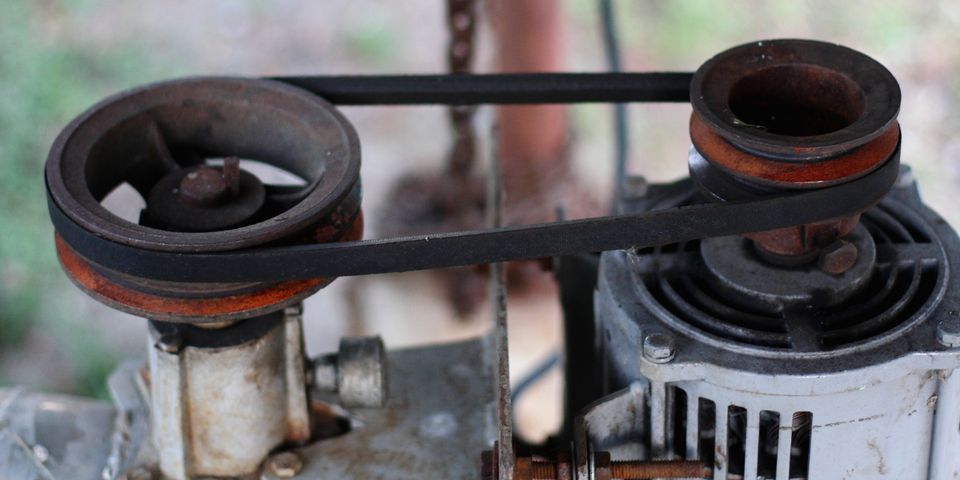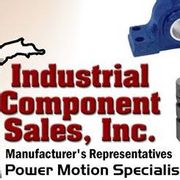4 FAQ About V Belts

Whether it’s an automobile, factory pulley, or a hydraulic pump, you’re likely to find a V belt included in the mechanical system. This core component helps everything run more smoothly, so it’s important to understand it. Knowing how to care for you and when it’s time for a replacement will prevent many issues. Here are answers to common questions suppliers receive about V belts.
A Helpful Guide to V Belts
What are V belts?
The V belt is a rubber belt that transfers power from a motor to a driven end. They get their name from their V-shaped cross-section and are used to transmit torque and power to various components in the mechanical system. From drawing weight upward to moving wheels, this integral part keeps your machines moving.
What types are available?
Bestorq Belts has several V belt types available. The most common are cut edge smooth (X3) and, Cogged (X5). These are identified by their nomenclature, A,B,C or AX, BX, CX and available in single or banded styles to accommodate heavier loads, like oil pumping and gravel crushing. There are also timing belts, which can be used to synchronize pulleys on a conveyor or to be used in extreme temperature applications. Vbelts can be used in many situations due to their smaller size and weight. For example, a smaller belt may be necessary because it is thinner, so it can fit into tighter spaces. Narrow belts are similarly shaped but are used to transmit larger energy loads into a compact form. There are also hexagonal belts for drives that have reverse bends.
How do I maintain a V belt?
These belts require little maintenance to keep them running smoothly. Proper tension to prevent belt slippage is the largest culprit of premature wear and failure. Inadequate tension results in the belt slipping in the sheave and overheating. This creates high temperatures which degrade the belt material as well as bearings, sheaves and other components in the drive. It is also very important to keep them clean and minimize exposure to oils and grease. Of course, it is always important to stay within the load capabilities of your selected belt.
How do I know if mine is failing?
If the belt is starting to slip, you’ll first notice a squealing noise and you may notice the smell of burning rubber. This happens when a worn belt begins to slip or is misaligned. For example, in your car, you may also notice that the power steering and/or the AC stop working. The engine will usually overheat since the belt system can’t help cool it, and you’ll notice cracks all along the V belt. This indicates your belt has been overheated (likely by slippage) and it is time to replace it. To get the correct belt for your application, talk to Industrial Component Sales, Inc. or the folks at Bestorq Belts. www.bestorq.com
If you require a new V belt, Industrial Component Sales Inc. has plenty of industry-leading products to choose from. Serving MN, ND, SD, WI UPMI, IA, NE since 2000, this skilled team has a deep knowledge of solutions for industrial equipment and machinery problems. Call (651) 270-0151 to speak with a sales associate or visit their website to learn more about sprockets, roller chains, and V belts.
About the Business
Have a question? Ask the experts!
Send your question

